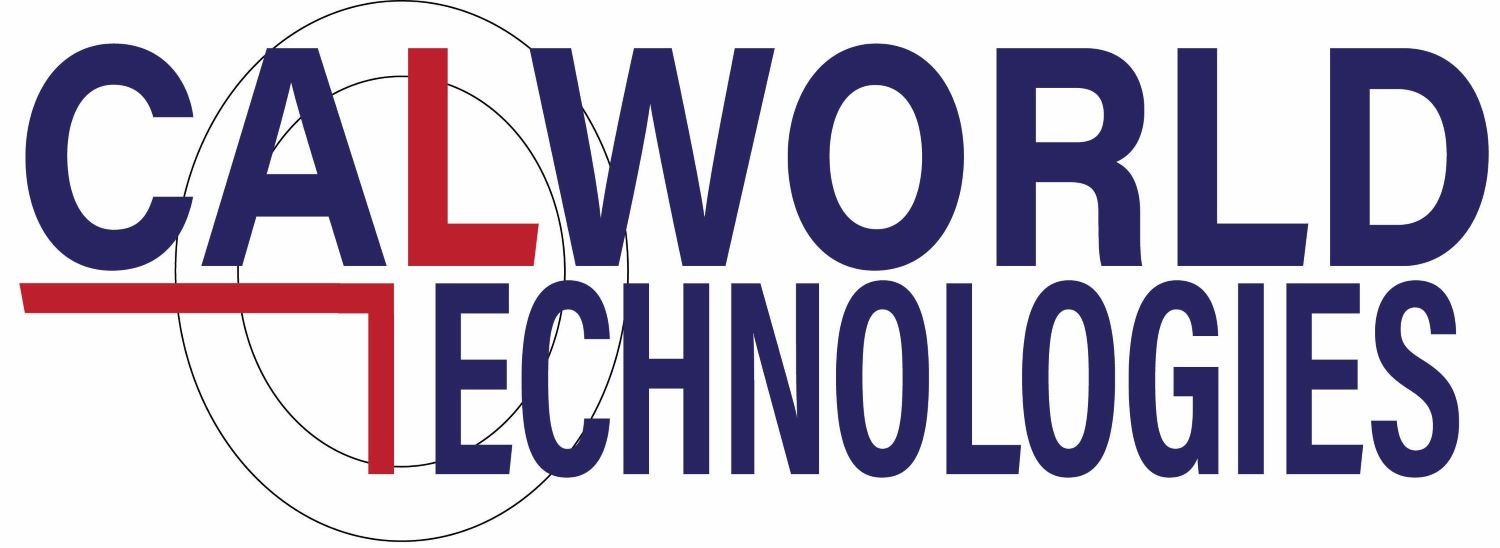What is calibration and why should you calibrate?
What is calibration?
Calibrating a piece of equipment or system involves comparing its reading with another piece of equipment that has been calibrated and referenced to a predetermined set of criteria. Equipment calibrated in accordance with ISO/IEC 17025 should be directly traceable to the reference equipment.
Calibration gives the equipment users confidence that their equipment readings satisfy standards and legislation in the region of operation. This is because the aim of calibration is to adjust the equipment’s accuracy to another equipment’s readings that are well calibrated.
Why is calibration important?
An equipment reading’s accuracy directly impacts the performance of that equipment. A well calibrated instrument is more likely to perform reliably than a poorly calibrated instrument. A tangible example of this includes calibrated equipment being more efficient in weighing materials used to build a product than uncalibrated equipment. This reduces waste material and hence boosts cost savings.
Apart from operational efficiency, calibration extends the life of equipment. It is also cheaper to use calibrated equipment rather than faulty equipment in the long run because there is a reduced chance of sudden equipment failure.
Calibration must be performed regularly because the accuracy of equipment and instruments deviates over time. Some reasons for this inevitable deviation include changes to the environment (temperature, humidity, barometric pressure etc.), mechanical or electrical shocks, or exposure to other extreme conditions.
What now?
Calworld Technologies offers reliable weight scale and temperature calibration services that guarantee dependable readings and measurements. We may also calibrate other instruments upon request. Contact our friendly team today for more information!
